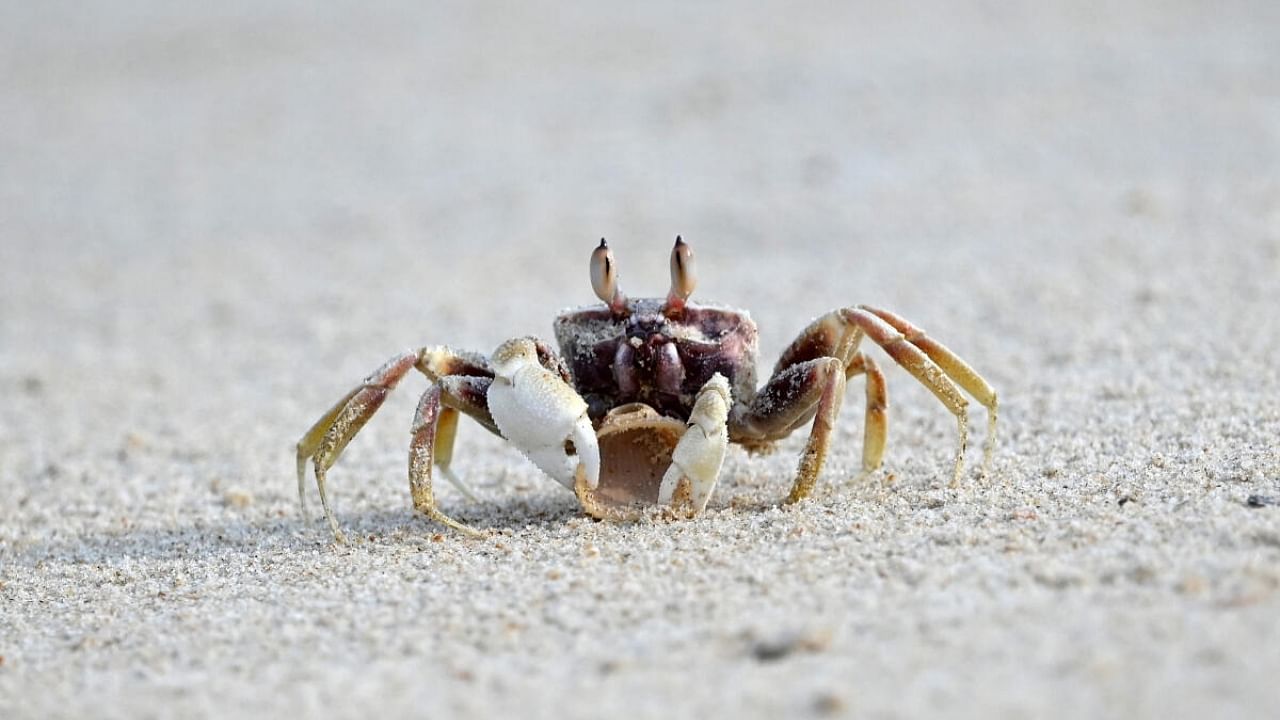
The ocean is a strange home to many bizarre life forms. One such fascinating marine organism is the barnacles—shelled crustaceans that attach to a surface and filter out the nutrients in the water with their feathery legs. In the world’s oceans, there are around 1,400 species of barnacles. They use their extremely strong adhesives to stick to almost anything interesting—ship hulls, buoys, pilings, rocks, boats and even gigantic whales like the humpbacks and the grey whales. But the barnacles belonging to the family Sacculinidae have a particular liking for their close cousins—crabs.
Sacculinidae barnacles are parasites and, like other parasites, survive by harming their hosts, the crabs. What’s interesting is the type of harm—these barnacles interfere with the crab’s genitalia and reproduction and leave them castrated for life. When a young barnacle latches onto a female crab, it grows into a sac-like structure on its underside near its abdomen. Female crabs typically store their eggs in the abdomen, but the barnacle takes that place. Over time, the pesky parasite destroys the crab’s genitalia and renders it infertile for life.
Strangely, when a female barnacle latches onto a male crab, it turns more sinister. After infection, the parasite begins to alter the male’s hormonal balance, sterilises it, and over time, makes it secrete female crab hormones. The body structure, too, changes to resemble a female crab with a broader, flatter abdomen, and the male even grows ovaries and performs mating dances just like a female crab.
While crab-castrating barnacles are found in many oceans, they can be particularly devastating when they are invasive, such as the ones found in the Gulf of Mexico attacking the local mud crabs. As the parasitic barnacles spread, there are concerns about how they could damage local fisheries. But, there is a bright spot: scientists are investigating if the castrating abilities of these barnacles could arrest the spread of the European green crabs—an invasive species across the Pacific.